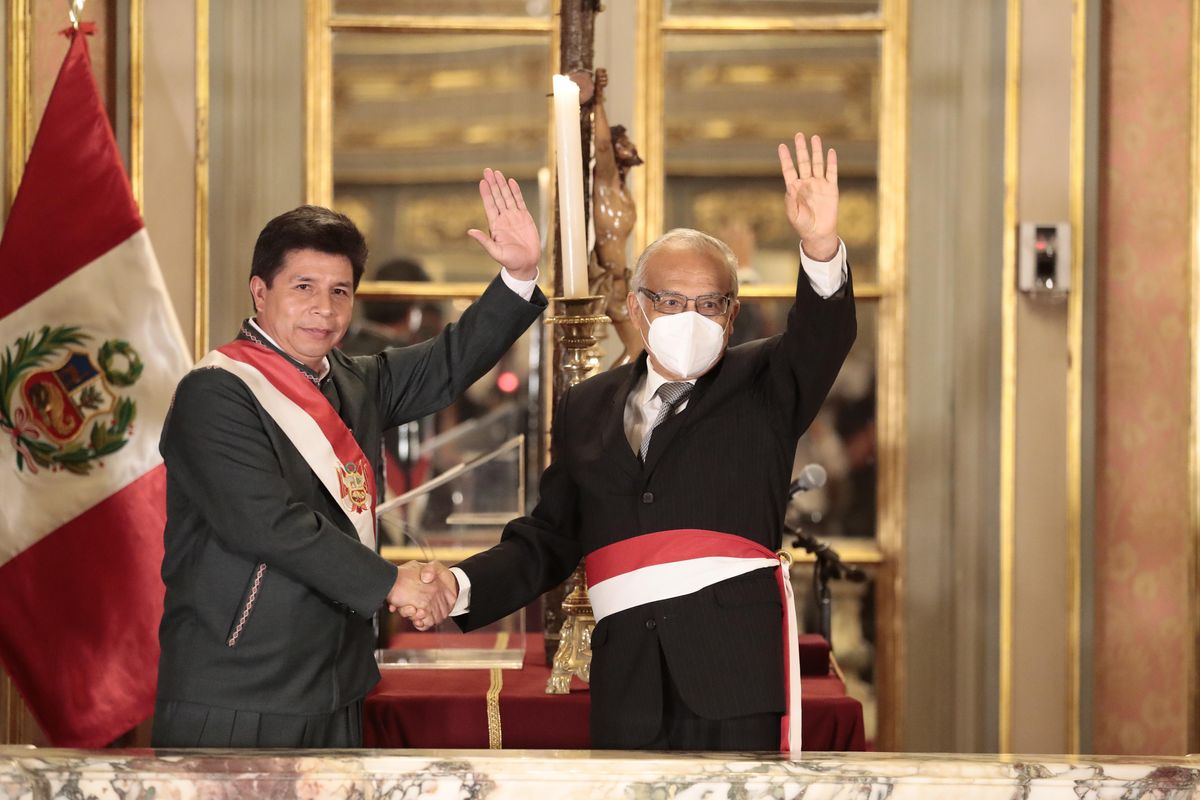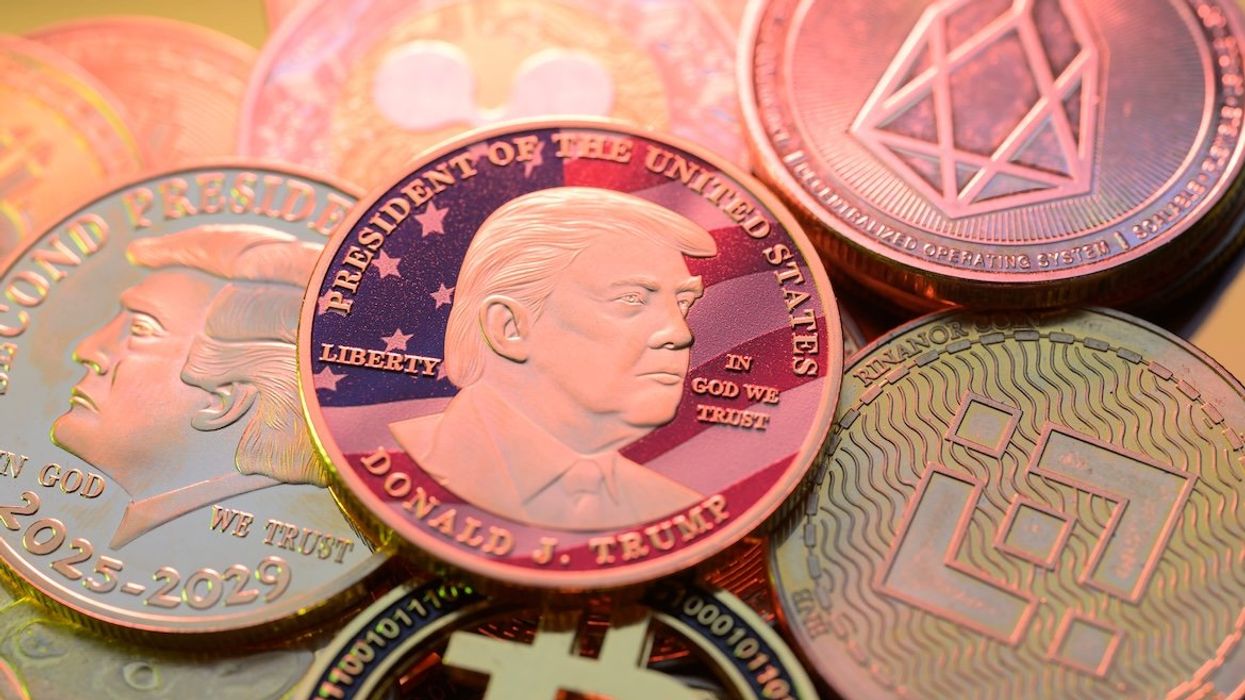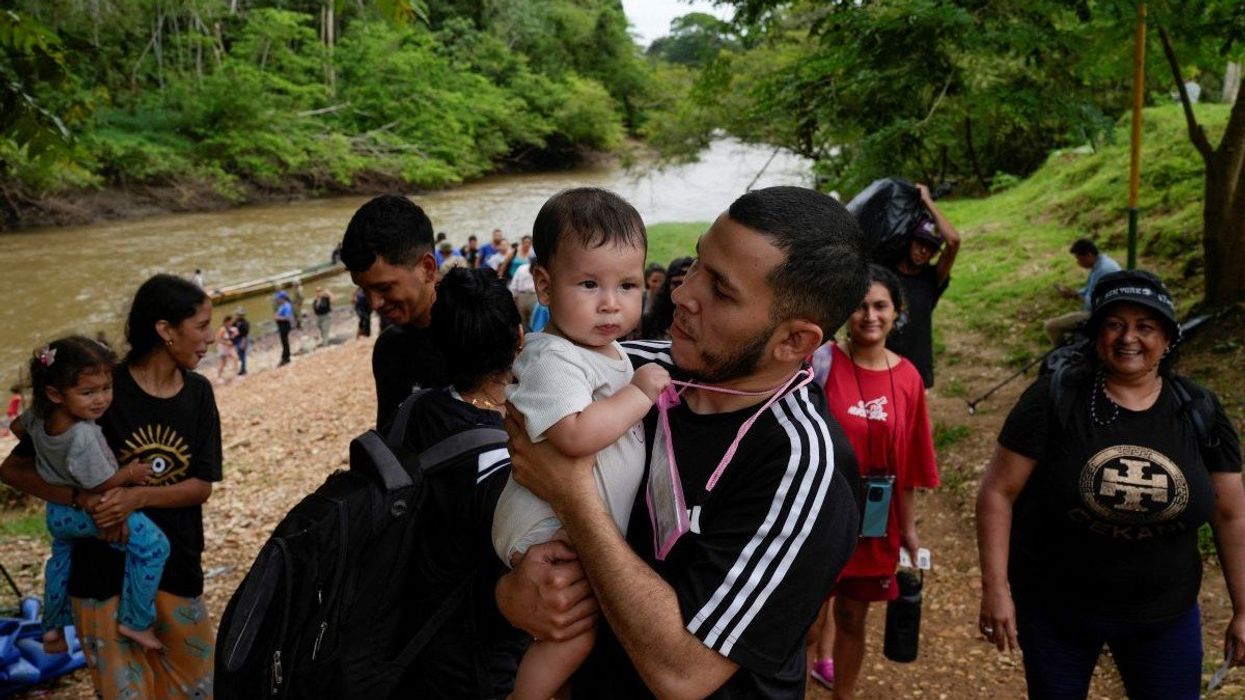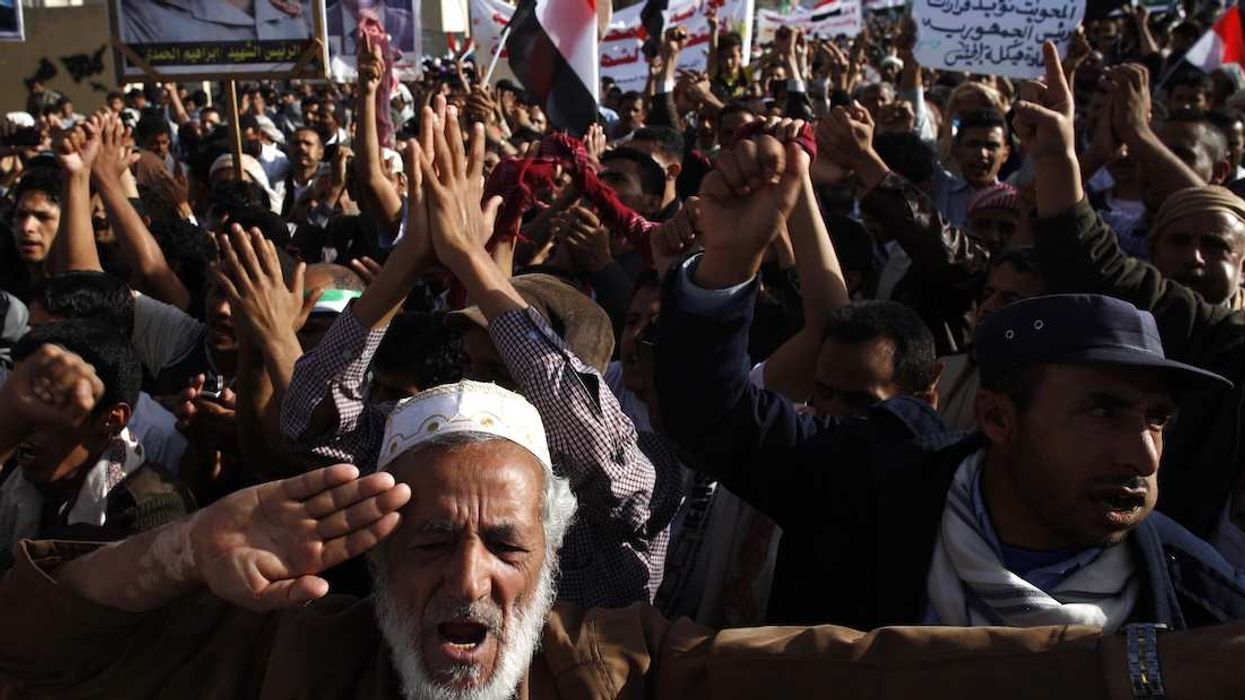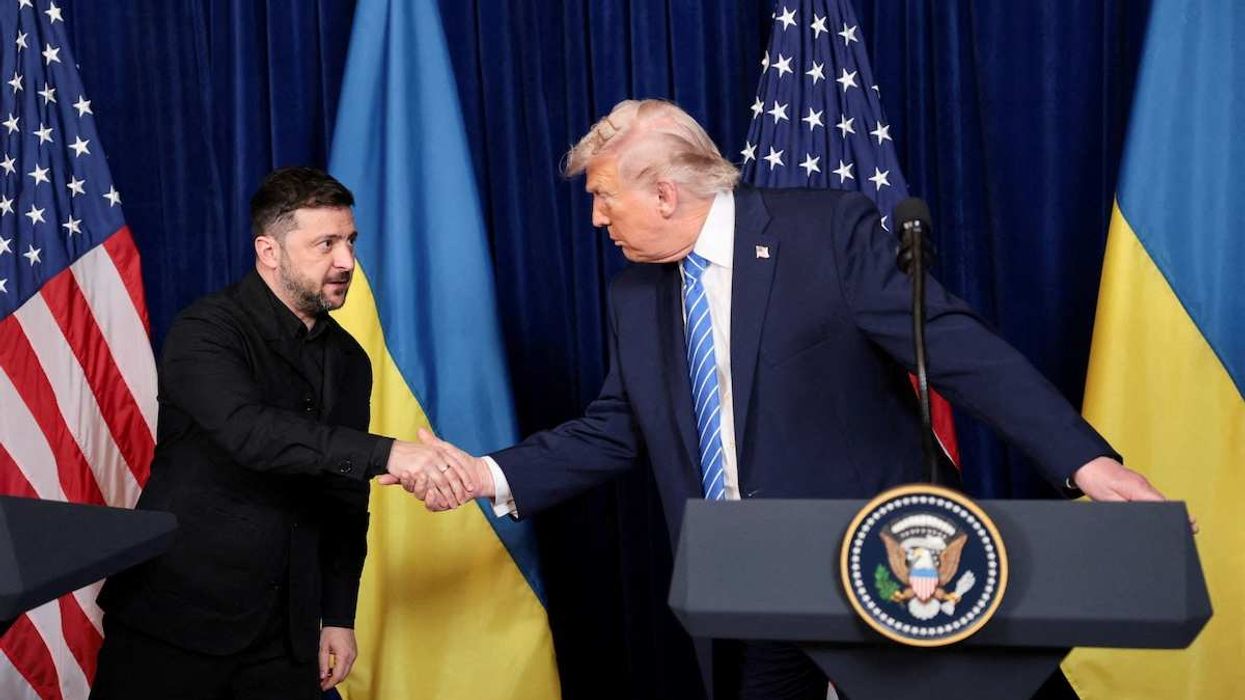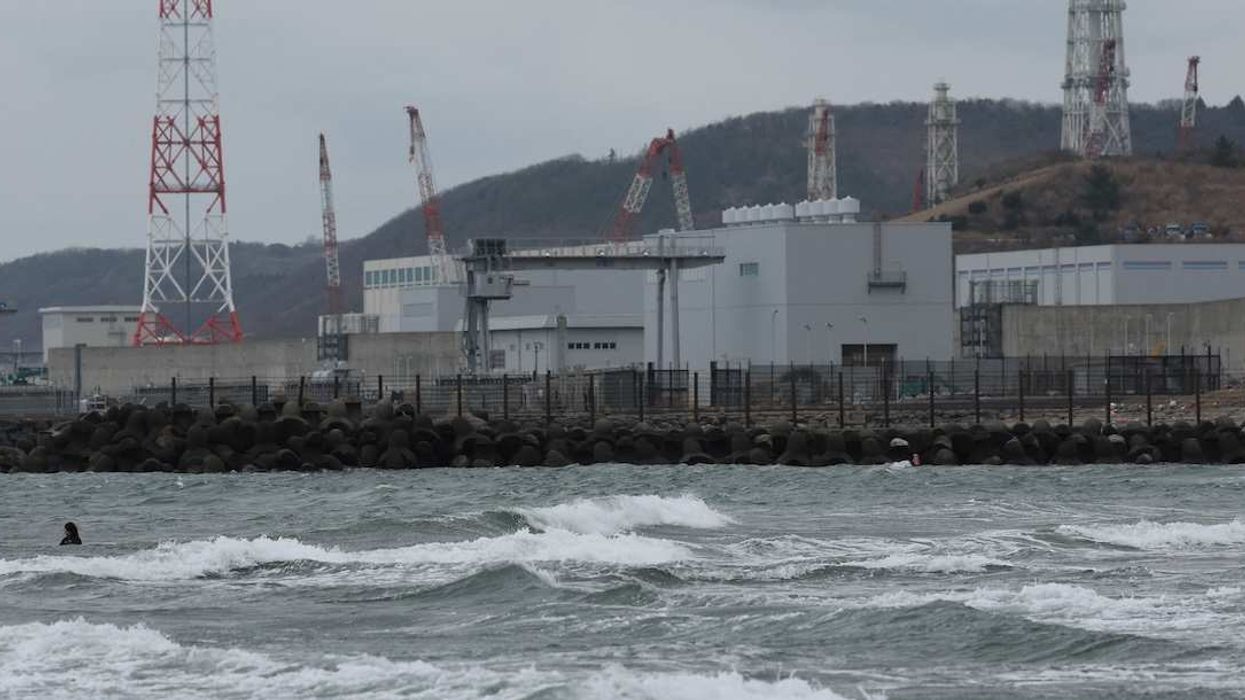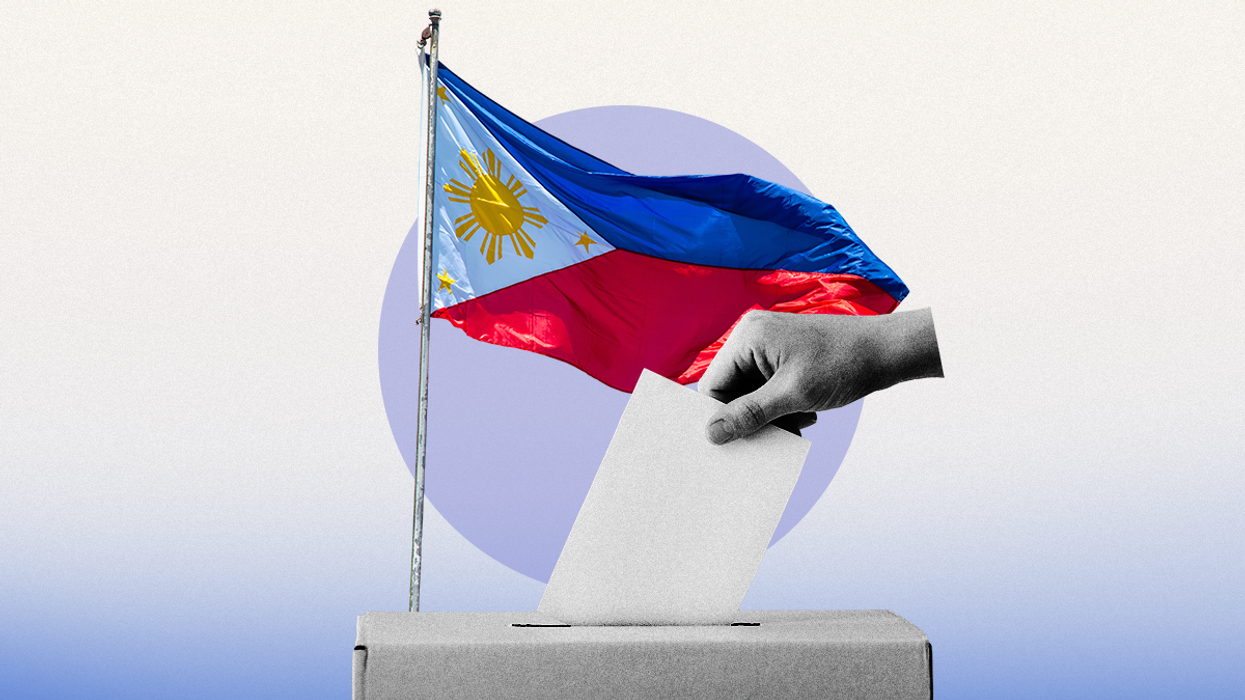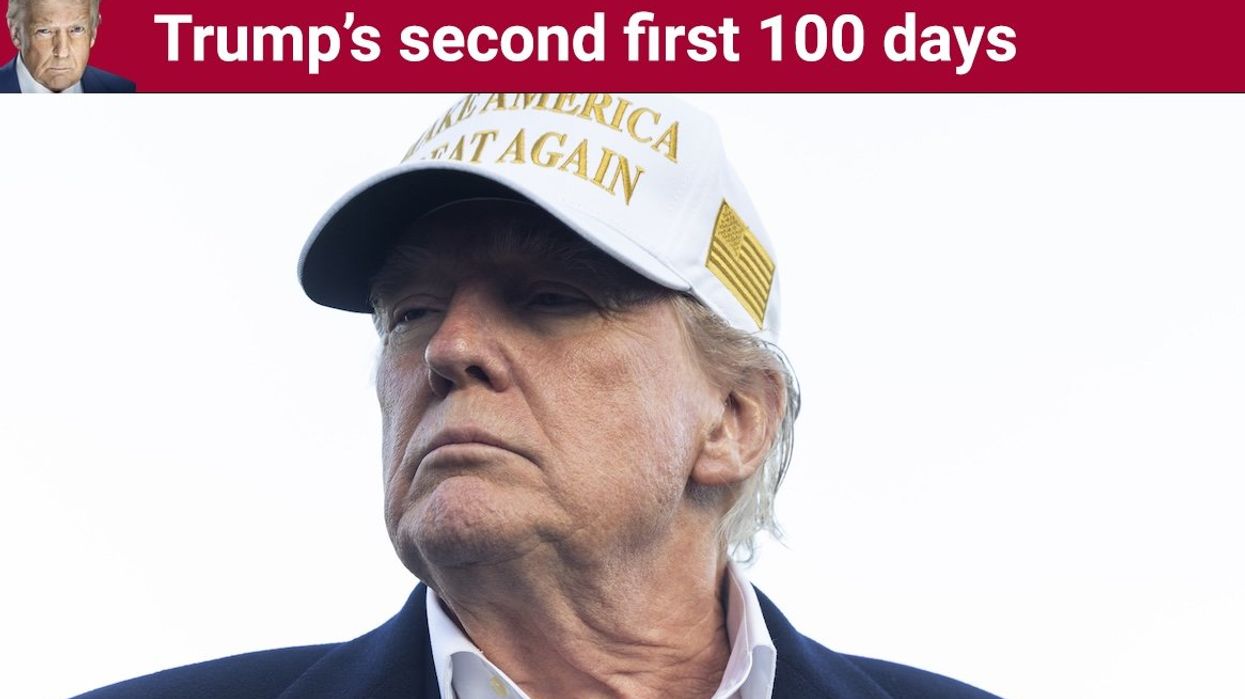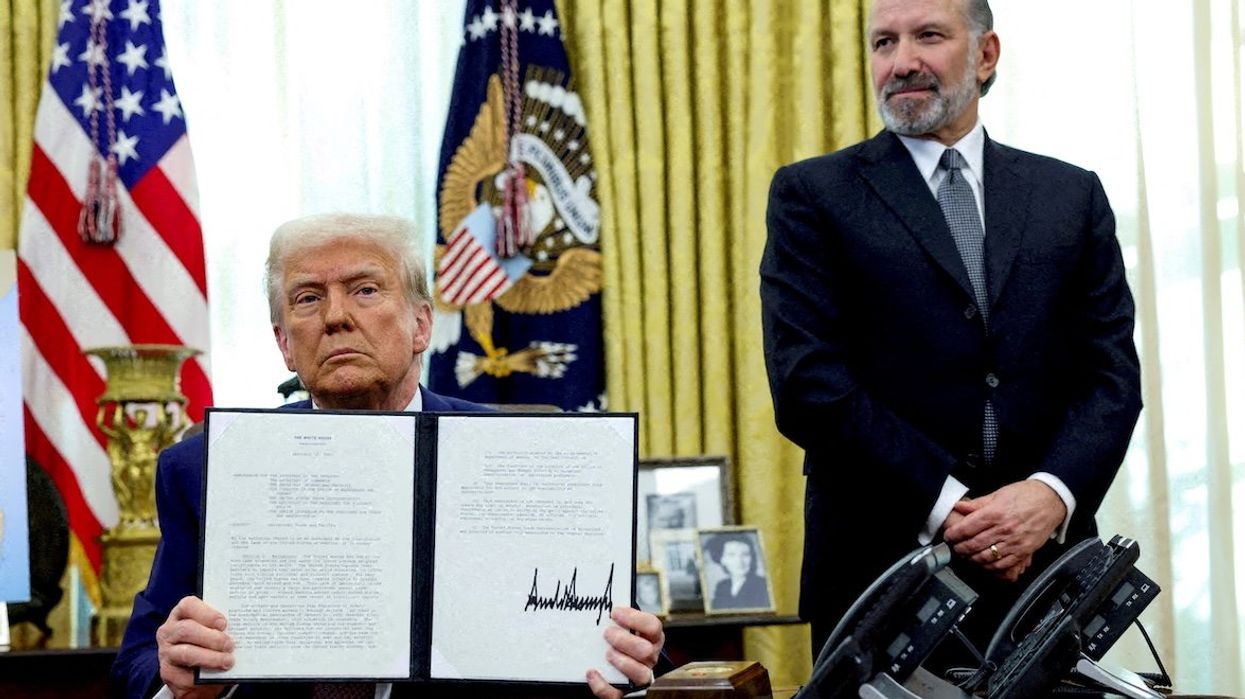A series of scandals and resignations have forced Peruvian President Pedro Castillo to shuffle his cabinet four times in his first six months in office. Lawmakers have already tried to impeach him once. Though his latest cabinet shuffle could bring some respite, Castillo is not out of the woods yet — and may never be. Why all the turmoil? We asked Eurasia Group analyst Yael Sternberg.
Why is Castillo having so much trouble?
The most obvious reasons are that Castillo lacks experience, a clear ideology, and the ability to attract and retain talent. A former schoolteacher and union leader, Castillo was only loosely associated with his Peru Libre party until last year’s election, and his platform was written not by him but rather by Marxist party leader Vladimir Cerron. Castillo’s candidacy originated as somewhat of a compromise after the National Jury of Elections ruled Cerron couldn’t run because of a past corruption conviction. Because of this, Castillo’s success in the first round surprised many people, probably even Peru Libre party leaders, and it was not until the lead-up to the second round that Castillo started to put together a plan and team. After beating Keiko Fujimori, a three-time presidential candidate and daughter of imprisoned former president Alberto Fujimori, by a narrow margin in a very polarized race, we knew Castillo would struggle to chart a policy course that could please all the necessary stakeholders. So far, he has found himself at odds with both the more radical faction of his own party, as well as with business leaders and investors, all while trying to survive a standoff with a confrontational congress where he lacks a majority.
What might happen next?
Newly appointed Prime Minister Anibal Torres — whose predecessor resigned over domestic abuse allegations — now has 30 days to appear before congress and request a vote of confidence. Though there are several parties that have threatened to veto Castillo’s cabinets in the past, lawmakers ultimately provided them with votes of confidence. They will likely do so again in this case to avoid triggering a series of events that could lead to them losing their jobs. According to the constitution, the president can dissolve congress if it has denied the cabinet a vote of confidence twice, as occurred under former president Martin Vizcarra in 2019. If this were to occur, not only would protests surely emerge, but a new electoral field would not solve the problems facing this congress or administration, as a new body would be formed primarily by newcomers to politics without experience, strong affiliations to their parties, or strong ideological commitments.
How about impeachment?
A restive congress will probably continue to look for ways to obstruct and oust Castillo. Yet the path of impeachment also presents risks for lawmakers. If they try again and succeed in marshaling enough votes to impeach the president, Vice President Dina Boluarte will take office. But then if she were to resign or be ousted too, the president of congress would take office and need to call snap elections. The challenge here is that the constitution does not specify whether these elections would apply to the presidency only, or if they would include legislative elections, creating yet another risk of lawmakers losing their jobs. Boluarte seems to be backing Castillo at this point by suggesting she would go too if he is ousted, but there’s always a danger she could reach a deal with lawmakers not to resign if they impeach him and she becomes president.
Peru has had five presidents in five years – what accounts for this broader instability?
It hasn’t been an easy decade for Peruvians. In addition to political turmoil, the country has had the highest number of Covid-19 deaths per capita at various points and been scarred by continuous corruption scandals. The relationship between the presidency and congress has devolved into a protracted standoff, given the permanent threat that each side could oust the other at any moment. Changes of administration do nothing to relieve the tensions because of a serious fragmentation of the country’s party system. The big problem in Peruvian politics is that there are no parties really left, only groups who share some ideas and goals for the moment. This is part of the reason why it has been so difficult for Castillo and other party leaders to build coalitions in congress and why the last election was so difficult to predict.
Are there parallels between the situation in Peru and in other countries of the region?
Yes. Costa Rica’s first-round presidential election earlier this month saw an unprecedented number of candidates registered, which contributed to massive voter indecisiveness. The political situation there is by no means the same as in Peru, especially given Costa Rica’s peaceful and robust democratic history. Yet party fragmentation and abandonment are real risks in the region, along with voter discontent and incumbents being punished in the polls.
Yael Sternberg is a researcher on the Latin America desk at Eurasia Group.
